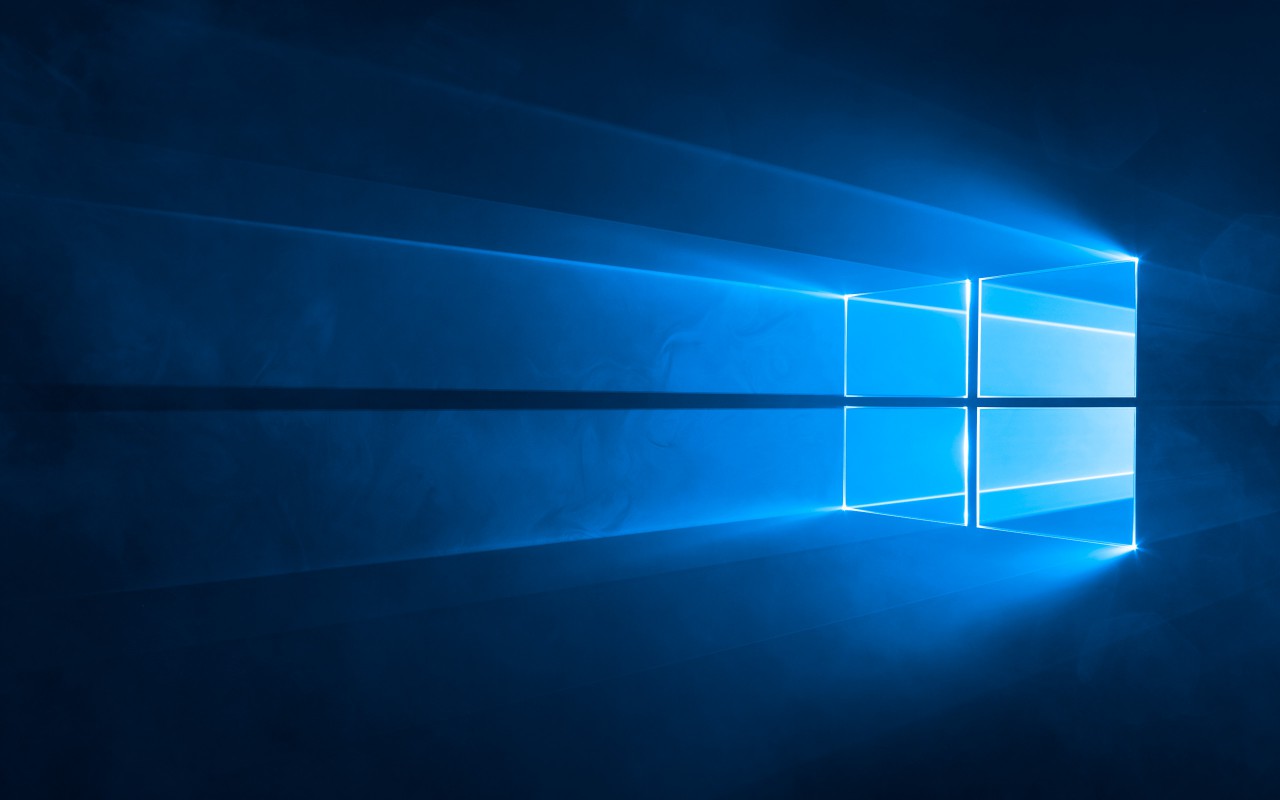Privacy and Windows 10
In today’s connected world, maintaining our privacy is an incredibly important topic to each of us, thus we welcome the questions and the feedback we’ve received since launching Windows 10.
Trust is a core pillar of our More Personal Computing vision, and we know we have to earn it. We’ve taken time to expand the documentation on our approach today with this blog, and new content we’re posting today for consumers and IT Pros, designed to complement our One Microsoft Privacy Policy. We look forward to the next round of questions and feedback on these new posts. I assure you that no other company is more committed, more transparent and listening harder to customers on this important topic than we are.
From the very beginning, we designed Windows 10 with two straightforward privacy principles in mind:
- Windows 10 collects information so the product will work better for you.
- You are in control with the ability to determine what information is collected.
With Windows 10, information we collect is encrypted in transit to our servers, and then stored in secure facilities. We think of the data we do and don’t collect at 3 levels:
1. Safety and Reliability Data
We collect a limited amount of information to help us provide a secure and reliable experience. This includes data like an anonymous device ID, device type, and application crash data which Microsoft and our developer partners use to continuously improve application reliability. This doesn’t include any of your content or files, and we take several steps to avoid collecting any information that directly identifies you, such as your name, email address or account ID.
A great example of how this data was used effectively was just last month, when aggregate data showed us that a particular version of a graphics driver was crashing on some Windows 10 PCs, which then caused a reboot. This driver was not widely used, but still the issue was impacting customers. We immediately contacted the partner who builds the driver and worked with them to turn around a fix to Windows Insiders within 24 hours. We used the data on Insiders’ devices to confirm that the problem was resolved, and then rolled out the fix to the broad public via an update the next day – all-in-all, this data helped us find, fix and resolve a significant problem within 48 hours.
Our enterprise feature updates later this year will enable enterprise customers the option to disable this telemetry, but we strongly recommend against this.
2. Personalization Data
We aspire to deliver a delightful and personalized Windows experience to you, which benefits from knowing some things about you to customize your experience, such as knowing whether you are a Seattle Seahawks fan or Real Madrid fan, in order to give you updates on game scores or recommend apps you might enjoy– or remembering the common words you type in text messaging conversations to provide you convenient text completion suggestions. You are in control of the information we collect for these purposes and can update your settings at any time. Note that with new features like Cortana which require more personal information to deliver the full experience, you are asked if you want to turn them on and are given additional privacy customization options.
3. Advertising Data We Don’t Collect
Unlike some other platforms, no matter what privacy options you choose, neither Windows 10 nor any other Microsoft software scans the content of your email or other communications, or your files, in order to deliver targeted advertising to you.
Your Feedback Really Does Make a Difference
Listening to your feedback has been the foundation of Windows 10, and feedback on privacy is no exception. For our Windows Insiders, we have a Privacy section to our Windows Feedback app so that we can have a detailed dialog on our privacy approach. As an example of direct response to feedback we’ve received, all Windows 10 customers will receive an upcoming update to family features, with default settings designed to be more appropriate for teenagers, compared to younger children. Additionally, we’re working on ways to further enhance the notifications that kids and parents get about activity reporting in Windows. We’ll also release updates for enterprise customers based on their feedback later this fall. This collaboration with Insiders is invaluable to our team, and we continue to welcome anyone who wants to work with us on the future of Windows 10 here.
If you ever find a situation where our software is not behaving the way it should with your privacy settings, please let us know here. Like security, we are committed to following up on all reported issues, continuously probe our software with leading edge techniques, and proactively update supported devices with necessary updates.
We really appreciate the rich dialogue in making Windows 10 better for all of us. We will continue to listen and respond, to earn your trust.
Thanks,
-Terry

